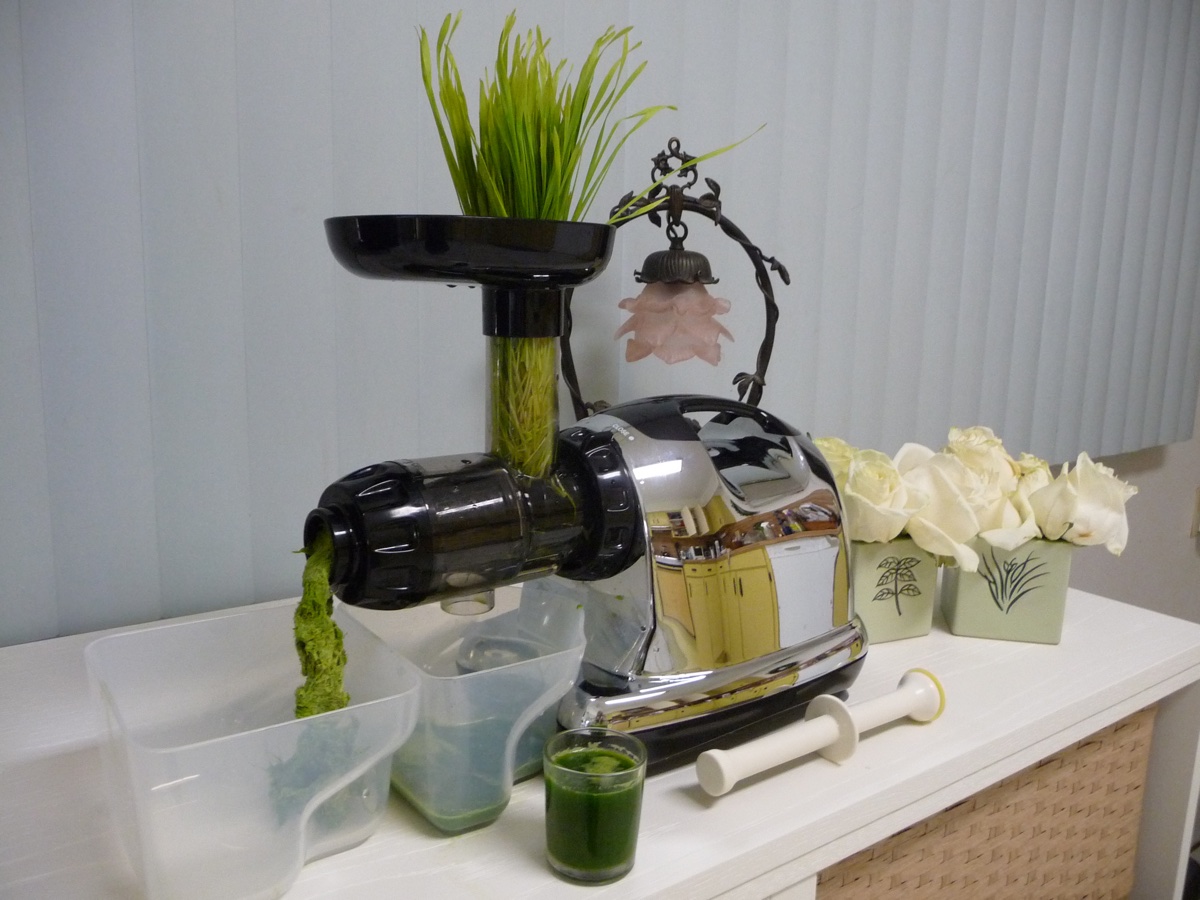

Articles
How To Juice Wheatgrass With A Juicer
Modified: April 22, 2024
Learn how to juice wheatgrass with a juicer and boost your health with this informative article. Explore the benefits, tips, and step-by-step process.
(Many of the links in this article redirect to a specific reviewed product. Your purchase of these products through affiliate links helps to generate commission for Storables.com, at no extra cost. Learn more)
Introduction
Wheatgrass juice has gained significant popularity in recent years due to its numerous health benefits. Packed with essential nutrients and antioxidants, this vibrant green juice is known for its detoxifying and rejuvenating properties. If you’re looking to incorporate this superfood into your diet, learning how to juice wheatgrass with a juicer is a convenient and effective way to do so.
In this article, we will guide you through the process of juicing wheatgrass, from choosing the right juicer to storing the juice for maximum freshness. By following these steps, you can ensure that you extract the maximum amount of nutrients and enjoy the vibrant and refreshing taste of wheatgrass juice.
Key Takeaways:
- Juicing wheatgrass with a masticating or cold press juicer ensures maximum nutrient extraction, providing powerful detoxifying, immune-boosting, and energy-enhancing benefits for overall well-being.
- Properly preparing, assembling, and cleaning the juicer, along with experimenting with flavor combinations and growing your own wheatgrass, can elevate your wheatgrass juicing experience to new heights of health and vitality.
Read more: What Is The Best Juicer For Wheatgrass
Benefits of Wheatgrass Juice
Wheatgrass juice is often referred to as “liquid gold” due to its impressive nutritional profile and the numerous health benefits it offers. Here are some of the key benefits of incorporating wheatgrass juice into your diet:
1. Powerful Detoxifier: Wheatgrass juice is known for its detoxifying properties, helping to rid the body of harmful toxins and free radicals. It helps to cleanse the liver, kidneys, and colon, promoting overall detoxification and improved digestion.
2. Nutrient-Dense: Wheatgrass juice is a potent source of essential vitamins and minerals, including vitamins A, C, and E, iron, magnesium, and calcium. These nutrients are vital for maintaining optimal health and supporting various bodily functions.
3. Boosts Immune System: The high concentration of antioxidants in wheatgrass juice helps to strengthen the immune system, protecting the body against diseases and infections. It also supports the production of red and white blood cells, enhancing the body’s natural defense mechanisms.
4. Increases Energy Levels: Drinking wheatgrass juice can provide a natural energy boost, thanks to its nutrient-rich composition. It helps to oxygenate the blood, improving circulation and providing a sustained energy release throughout the day.
5. Supports Weight Loss: Wheatgrass juice is low in calories and rich in fiber, making it an excellent addition to a weight loss diet. It helps to curb cravings, promote satiety, and improve digestive function, aiding in healthy and sustainable weight loss.
6. Enhances Skin Health: The abundance of vitamins, minerals, and antioxidants in wheatgrass juice promotes healthy skin by combating oxidative stress and reducing the signs of aging. It can help clear up acne, improve skin tone, and promote a radiant complexion.
7. Alkalizing and Anti-Inflammatory: Wheatgrass juice has alkalizing properties, helping to balance the body’s pH levels and reduce inflammation. This can be particularly beneficial for individuals with chronic inflammatory conditions, such as arthritis or inflammatory bowel disease.
These are just a few of the many benefits that wheatgrass juice has to offer. By incorporating this nutrient-rich juice into your daily routine, you can optimize your health and well-being.
Now that you’re aware of the benefits, let’s move on to choosing the right wheatgrass juicer to start extracting these incredible nutrients.
Choosing the Right Wheatgrass Juicer
When it comes to juicing wheatgrass, not all juicers are created equal. Due to the fibrous nature of wheatgrass, it’s essential to choose a juicer specifically designed for extracting maximum juice yield from this delicate plant. Here are some factors to consider when selecting the right wheatgrass juicer:
1. Masticating or Cold Press Juicer: A masticating or cold press juicer is the best option for juicing wheatgrass. These types of juicers operate at a slower speed, which helps to preserve the nutrients and enzymes in the juice. They also have a stronger squeezing force, ensuring maximum extraction from the fibrous wheatgrass blades.
2. Dual-Stage Juicing: Look for a wheatgrass juicer that offers a dual-stage juicing process. This means that the machine will first crush the wheatgrass to extract the juice and then use a separate stage to extract any remaining pulp to ensure optimal juice yield.
3. Size and Sturdiness: Consider the size and sturdiness of the juicer. Wheatgrass juicers are typically compact in size, making them perfect for home use. Look for a juicer made from durable materials, such as stainless steel or heavy-duty plastic, to ensure its longevity.
4. Easy to Clean: Cleaning a juicer can be a time-consuming task, so choose one that is easy to disassemble and clean. Look for juicers with removable parts that are dishwasher-safe or can be easily cleaned with a brush.
5. Budget: Determine your budget before purchasing a wheatgrass juicer. While there are a wide range of juicers available at different price points, investing in a quality juicer will ensure efficient juicing and long-term durability.
Take the time to research different juicer models, read customer reviews, and compare features to find the perfect wheatgrass juicer that suits your needs and budget.
Now that you have the right juicer, let’s move on to preparing the wheatgrass for juicing.
Preparing the Wheatgrass
Before you start juicing wheatgrass, it’s crucial to properly prepare the grass to ensure maximum juicing yield and to remove any impurities. Here’s a step-by-step guide on how to prepare wheatgrass for juicing:
1. Choose Fresh Wheatgrass: Look for fresh, vibrant wheatgrass that is free from yellowing or wilting. It’s best to use organic wheatgrass to avoid any pesticide or chemical residues.
2. Trim the Roots: Trim off the roots of the wheatgrass using a pair of clean scissors. This step helps to remove any dirt or impurities that may be present on the roots.
3. Rinse the Wheatgrass: Thoroughly rinse the wheatgrass under cool running water to remove any debris. Gently swish the wheatgrass around to ensure all sides are rinsed.
4. Pat Dry: After rinsing, gently pat dry the wheatgrass using a clean kitchen towel or paper towel. It’s important to remove excess water to prevent dilution of the juice.
5. Optional: Soak the Wheatgrass: Some people prefer to soak the wheatgrass in water for 10-15 minutes before juicing. This step can help soften the grass and improve juicing efficiency, but it’s not necessary.
6. Check for Mold: Inspect the wheatgrass for any signs of mold or yellow spots. If you notice any mold, discard the affected blades and use only the healthy ones.
7. Divide into Small Batches: To make juicing easier, divide the wheatgrass into smaller batches that will fit into your juicer’s feed chute. This will prevent clogging and ensure smooth and efficient juicing.
Following these preparation steps will help ensure that you have clean and ready-to-juice wheatgrass. Now, let’s move on to assembling the juicer for the juicing process.
Assembling the Juicer
Now that you have your wheatgrass ready, it’s time to assemble your juicer. Each juicer may have slightly different assembly instructions, so be sure to refer to your juicer’s manual for specific guidance. However, here are the general steps to follow when assembling a wheatgrass juicer:
1. Gather the Components: Lay out all the parts of your juicer on a clean and spacious countertop. This usually includes the main juicing body, feeding chute, juice collection cup, juicing screen, and pulp collection container.
2. Attach the Feeding Chute: Attach the feeding chute to the main juicing body. It usually twists or locks into place securely. Ensure that it is properly aligned and tightly fitted to prevent any leaks during the juicing process.
3. Place the Juicing Screen: Insert the juicing screen into the designated slot or chamber of the juicer. Make sure it is positioned correctly and locked into place. The juicing screen helps to separate the juice from the pulp while extracting maximum juice yield.
4. Position the Collection Containers: Position the juice collection cup and pulp collection container in their respective compartments or outlets. These containers will collect the juice and pulp separately.
5. Secure all Parts: Double-check that all parts are securely locked or fastened. This will prevent any mishaps during the juicing process and ensure proper functionality.
6. Power on the Juicer: Once everything is assembled, plug in the juicer and turn it on. Make sure it is running smoothly before juicing the wheatgrass.
By following these steps and referring to the specific instructions provided by your juicer manufacturer, you can assemble your wheatgrass juicer correctly and prepare it for juicing the wheatgrass.
Now that your juicer is properly assembled, let’s move on to the exciting part – juicing the wheatgrass!
When juicing wheatgrass with a juicer, make sure to cut the wheatgrass into small pieces to prevent clogging the juicer and to extract the maximum amount of juice.
Read more: How To Juice A Mango In A Juicer
Juicing the Wheatgrass
Now that your juicer is ready, it’s time to juice the wheatgrass and extract its vibrant green goodness. Follow these steps to ensure successful juicing:
1. Start Slowly: Begin by feeding a small handful of wheatgrass into the feeding chute. It’s important to start slowly to allow the juicer to process the wheatgrass efficiently.
2. Use Gentle Pressure: Apply gentle but firm pressure to push the wheatgrass down through the juicer. Avoid forcing it through forcefully, as this may cause the wheatgrass to clog or the juicer to malfunction.
3. Catch the Juice: As the wheatgrass is processed, the juice will be extracted and collected in the juice collection cup. Keep an eye on the cup, ensuring that it doesn’t overflow, and empty it if needed.
4. Continue Juicing: Keep feeding small batches of wheatgrass into the juicer until you have juiced all your prepared wheatgrass. Take breaks in between to allow the juicer to cool down if necessary.
5. Re-Juicing: If you find that there is still some juice remaining in the discarded wheatgrass pulp, you can re-juice it by running it through the juicer again. This helps to extract every bit of juice from the wheatgrass.
Remember to follow your specific juicer’s instructions and make any adjustments as needed based on the juicing process. Different juicers may have varying capacities and speeds, so it’s essential to become familiar with your juicer’s capabilities.
Once you have finished juicing the wheatgrass, you can move on to storing the juice for future consumption.
Storing the Juice
Freshly juiced wheatgrass is best consumed immediately to maximize its nutritional benefits. However, if you have leftover juice or want to prepare it in advance, here are some guidelines for storing wheatgrass juice:
1. Refrigeration: Transfer the freshly juiced wheatgrass into an airtight container or a glass bottle with a tight lid. Place it in the refrigerator to keep it cool and slow down the oxidation process. Wheatgrass juice can stay fresh in the refrigerator for up to 24-48 hours.
2. Minimize Air Exposure: To prevent oxidation and nutrient loss, minimize the exposure of the wheatgrass juice to air. Fill the container as close to the top as possible to minimize the presence of air pockets.
3. Packaging: Consider using dark glass or opaque containers to store the juice. This helps to protect it from light exposure, which can degrade the nutrients and alter the taste.
4. Freshness Test: Before consuming the refrigerated wheatgrass juice, give it a quick smell and taste test. If it has a strong odor or tastes off, it’s best to discard it to avoid any potential health risks.
5. Freezing: If you want to extend the shelf life of wheatgrass juice, you can freeze it. Pour the juice into ice cube trays or freezer-safe containers, leaving some room for expansion. When ready to use, simply thaw the frozen cubes or containers in the refrigerator overnight.
It’s worth noting that wheatgrass juice is best consumed fresh, as freezing and refrigeration can cause slight nutrient degradation. However, if you properly store it, you can still enjoy the benefits of wheatgrass juice even when it’s not consumed immediately.
Now that you know how to store the juice, let’s move on to cleaning the juicer after use.
Cleaning the Juicer
Properly cleaning your wheatgrass juicer after each use is essential to maintain its performance and hygiene. Here’s a step-by-step guide to help you clean your juicer effectively:
1. Unplug the Juicer: Before starting the cleaning process, make sure the juicer is unplugged and the power is turned off. Safety should always be a priority when handling electrical appliances.
2. Disassemble the Juicer: Carefully disassemble the juicer by removing all the removable parts, such as the juicing screen, feeding chute, pulp container, and juice collection cup. Refer to your juicer’s manual for specific instructions on how to disassemble the parts.
3. Rinse Immediately: Rinse the removable parts under warm running water immediately after use. This will help remove any pulp or residual juice that may have stuck to the surfaces. Avoid using hot water, as it can cause the juice residue to harden.
4. Clean with Mild Soap: Use a mild dish soap or a designated juicer cleaning solution to clean the parts. Gently scrub them with a soft brush or sponge to remove any remaining pulp or stains. Take extra care when cleaning the juicing screen, making sure to remove any trapped fibers.
5. Rinse Thoroughly: After cleaning, thoroughly rinse all the parts under running water to ensure that no soap residue remains. Pay close attention to hard-to-reach areas and corners to ensure a thorough rinse.
6. Dry Completely: Allow all the washed parts to air dry completely before reassembling the juicer or storing them. Placing them on a clean dishcloth or drying rack can help speed up the drying process.
7. Clean the Juicer Body: Wipe down the exterior of the juicer body with a damp cloth to remove any spills or debris. Ensure that the power cord and electrical components remain dry during this process.
8. Store the Juicer: Once all the parts are dry, reassemble the juicer and store it in a clean and dry place until the next use. Store it in a manner that protects it from dust and potential damage.
Regularly cleaning your juicer will help maintain its longevity and ensure the production of high-quality wheatgrass juice for years to come.
Now that your juicer is clean and ready for your next juicing adventure, let’s go over some tips and tricks for juicing wheatgrass.
Tips and Tricks for Juicing Wheatgrass
Juicing wheatgrass can be a rewarding experience, but it does require some know-how to ensure optimal results. Here are some helpful tips and tricks to enhance your wheatgrass juicing process:
1. Use Fresh Wheatgrass: The quality of the wheatgrass plays a crucial role in the taste and nutritional content of the juice. Aim to use fresh, organic wheatgrass for the best results.
2. Wash Wheatgrass Thoroughly: Clean the wheatgrass thoroughly before juicing to remove any dirt, debris, or pesticides. Rinse it under cool running water, making sure to remove any impurities.
3. Start Slowly: When feeding the wheatgrass into the juicer, start with small amounts to avoid overwhelming the machine. Gradually increase the speed and amount as you become more comfortable with the juicing process.
4. Alternate Wheatgrass with Other Ingredients: If the taste of pure wheatgrass juice is too strong for your liking, mix it with other fruits and vegetables to create a more palatable juice blend. Experiment with combinations that suit your taste preferences.
5. Clean Immediately after Juicing: To prevent the dried pulp from sticking to the juicer parts, clean the juicer immediately after each use. This will make the cleaning process much easier and help maintain the longevity of the juicer.
6. Re-Juice the Pulp: If you find that there is still juice remaining in the discarded wheatgrass pulp, run it through the juicer again to extract every drop of liquid. This maximizes the juice yield and reduces wastage.
7. Consume Wheatgrass Juice on an Empty Stomach: For optimal absorption of nutrients, drink wheatgrass juice on an empty stomach, preferably in the morning. This allows your body to fully digest and absorb the nutrients without interference.
8. Experiment with Wheatgrass Shots: Wheatgrass shots are concentrated doses of wheatgrass juice. If you prefer a quick and potent boost of nutrients, take a wheatgrass shot instead of larger quantities of juice.
9. Grow Your Own Wheatgrass: If you have the space and time, consider growing your own wheatgrass at home. This way, you have a constant supply of fresh wheatgrass, and you can ensure its organic and pesticide-free quality.
10. Listen to Your Body: Wheatgrass juice may have detoxifying effects, which can sometimes cause mild side effects like an upset stomach or headaches. Listen to your body and start with smaller amounts to gauge your tolerance. If any adverse reactions persist, consult with a healthcare professional.
By following these tips and tricks, you can enhance your wheatgrass juicing experience and enjoy the maximum benefits from this nutrient-rich beverage.
Now that you’re armed with these valuable insights, you’re ready to embark on your wheatgrass juicing journey.
Read more: How To Juice An Orange With Juicer
Conclusion
Juicing wheatgrass can be a wonderful way to incorporate this nutrient-rich superfood into your diet. With its plethora of health benefits and vibrant green color, wheatgrass juice offers a natural and refreshing way to boost your overall well-being. By following the steps outlined in this article, you can learn how to juice wheatgrass with a juicer and enjoy the maximum benefits that this powerful elixir has to offer.
From choosing the right wheatgrass juicer to preparing the wheatgrass, assembling the juicer, and juicing the wheatgrass itself, each step is crucial to achieve optimal results. Remember to choose a juicer specifically designed for wheatgrass, and ensure that your wheatgrass is fresh and clean before juicing. Take the time to properly assemble and clean your juicer, ensuring its longevity and effectiveness.
Experiment with different flavor combinations, such as mixing wheatgrass with other fruits and vegetables, to suit your taste preferences. Explore the option of growing your own wheatgrass, giving you easy access to this powerful superfood whenever you need it.
Lastly, follow the tips and tricks provided to enhance your wheatgrass juicing experience. Clean your juicer immediately after use and consume wheatgrass juice on an empty stomach to maximize its nutritional benefits. Pay attention to your body’s response and adjust accordingly.
Now that you have a comprehensive understanding of how to juice wheatgrass with a juicer, it’s time to embark on this health-boosting journey. Remember, practice makes perfect, and over time, you’ll become a pro at extracting the vibrant green goodness from wheatgrass.
So, go ahead, grab your wheatgrass, fire up your juicer, and enjoy the benefits of this remarkable superfood in every sip of freshly squeezed wheatgrass juice.
Frequently Asked Questions about How To Juice Wheatgrass With A Juicer
Was this page helpful?
At Storables.com, we guarantee accurate and reliable information. Our content, validated by Expert Board Contributors, is crafted following stringent Editorial Policies. We're committed to providing you with well-researched, expert-backed insights for all your informational needs.

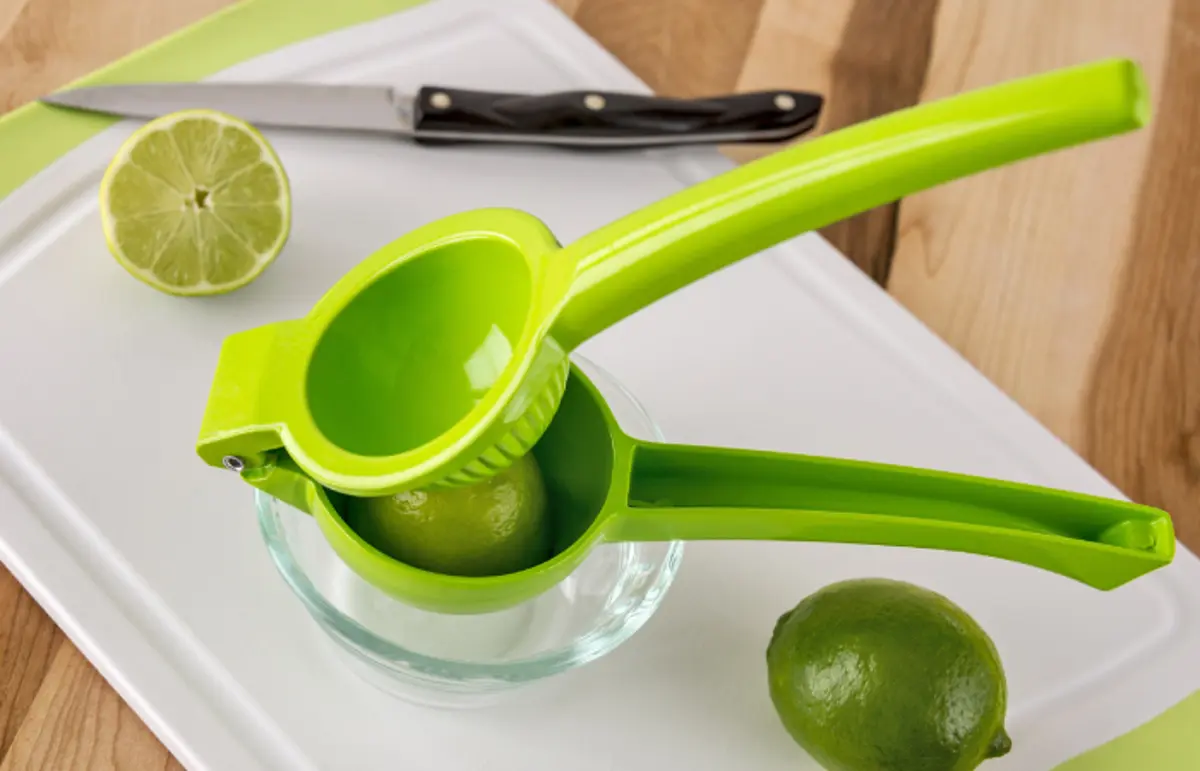
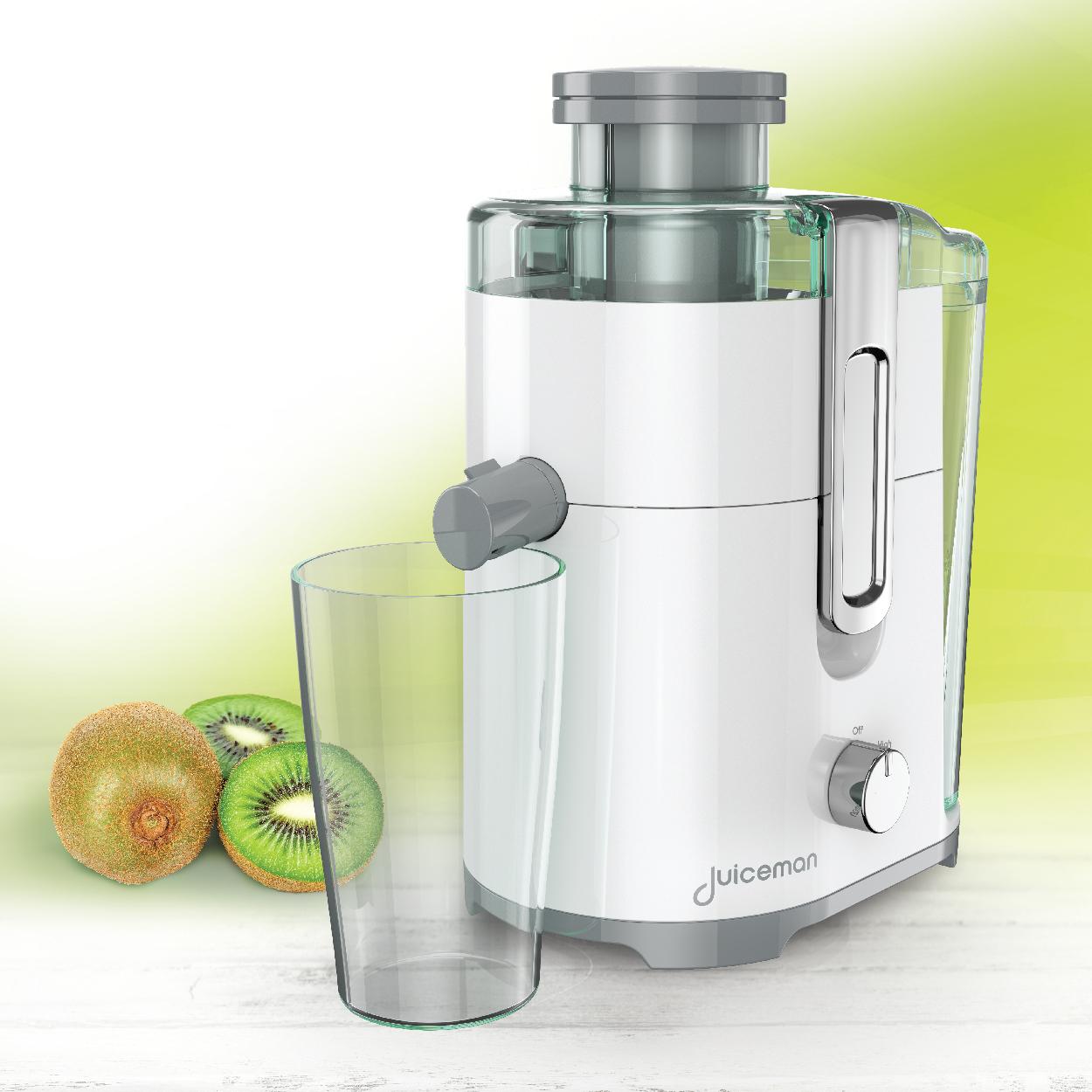
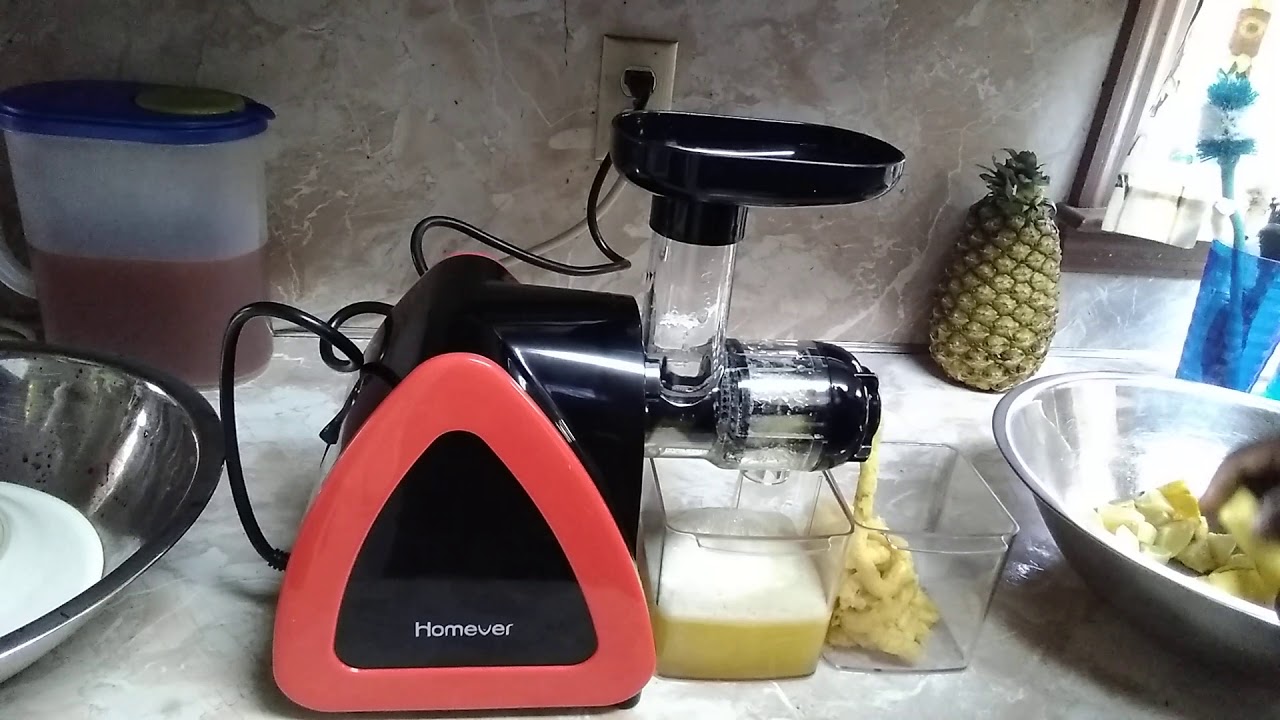
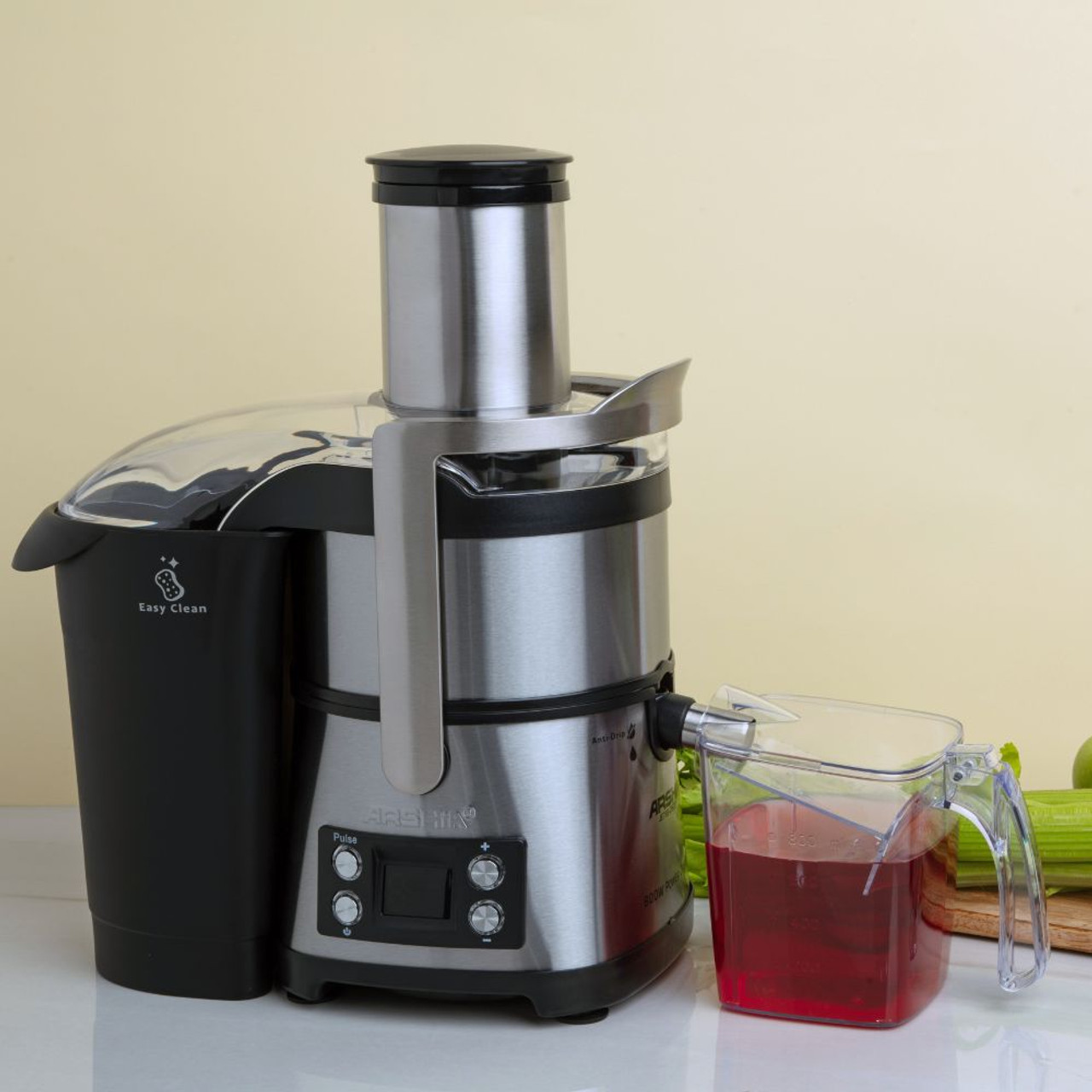
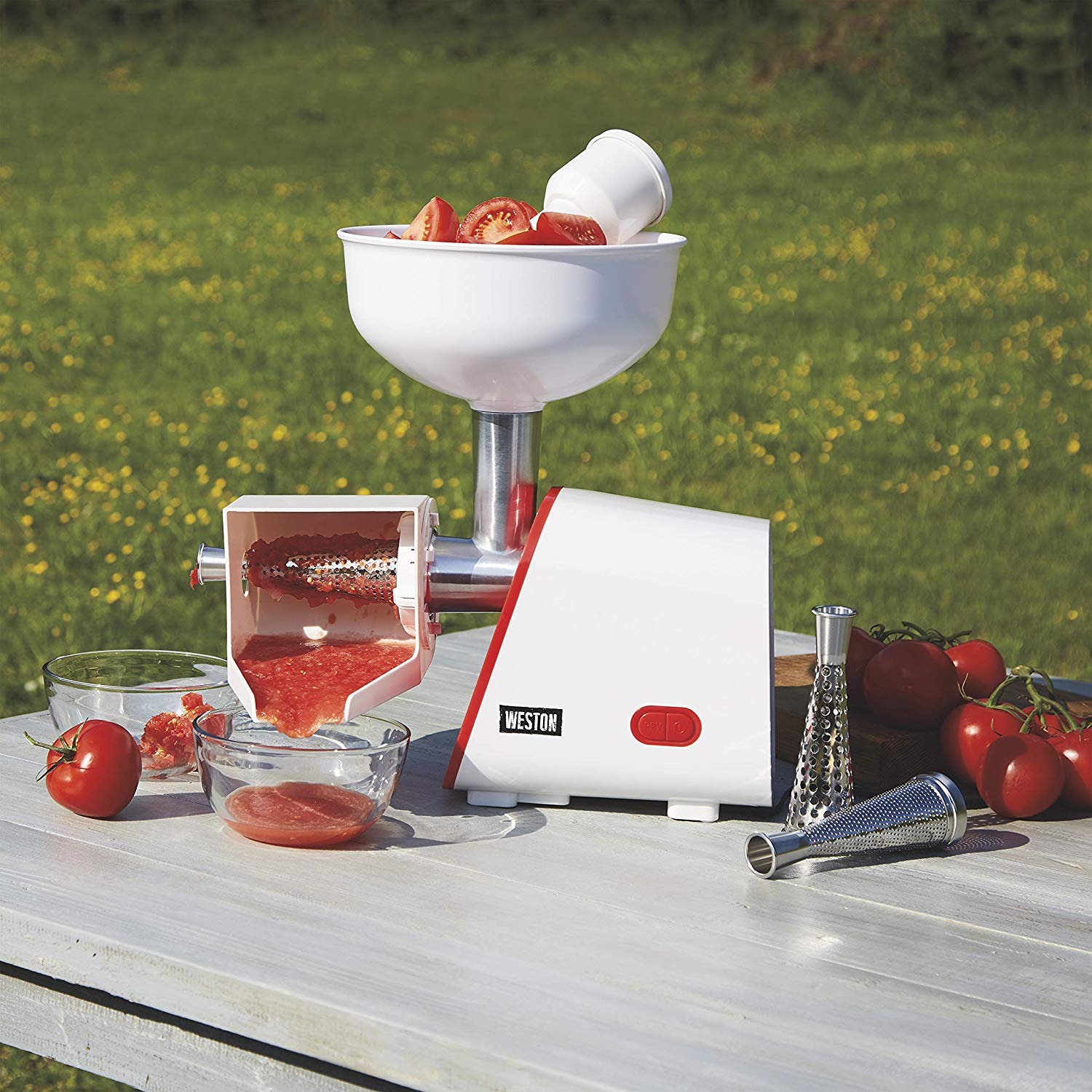
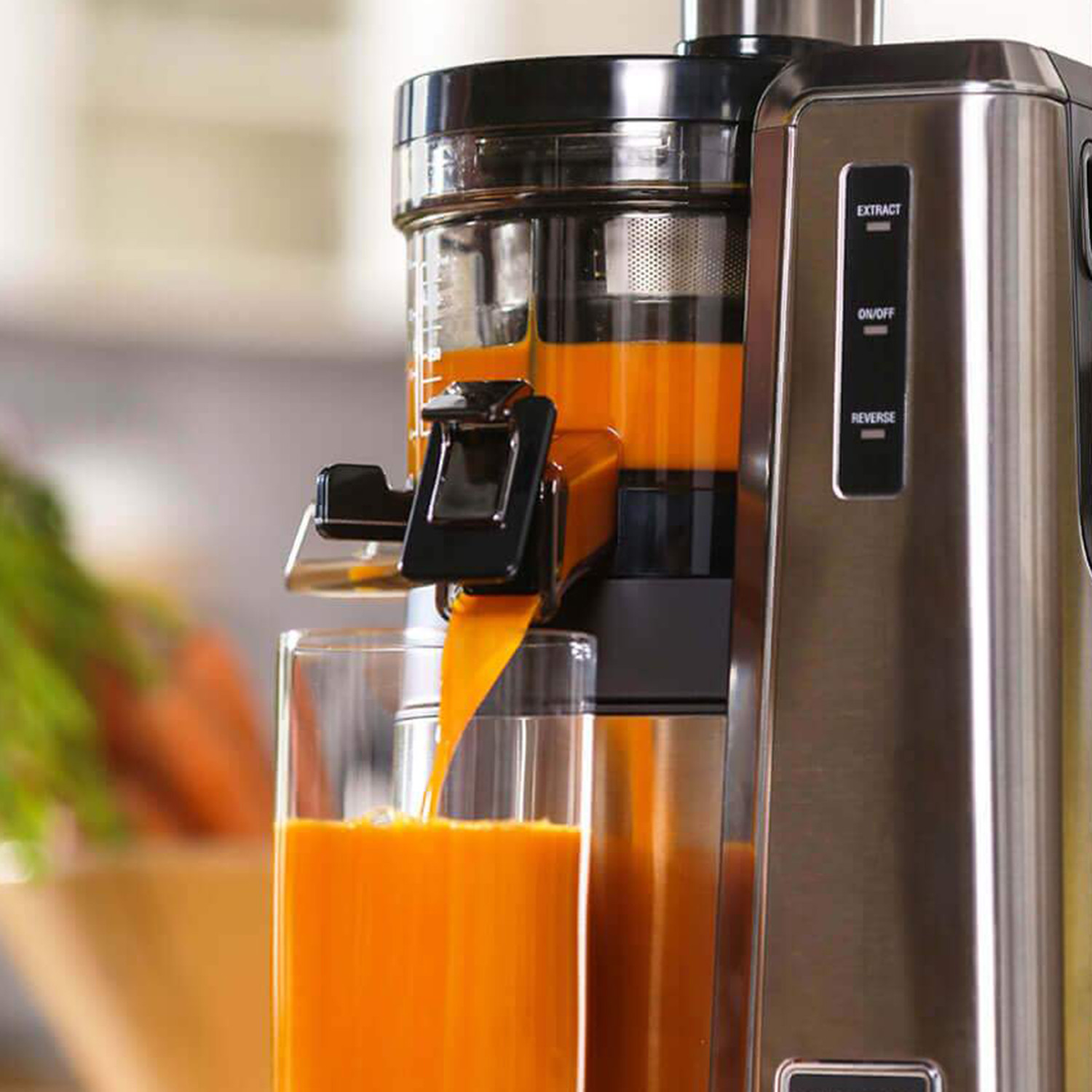
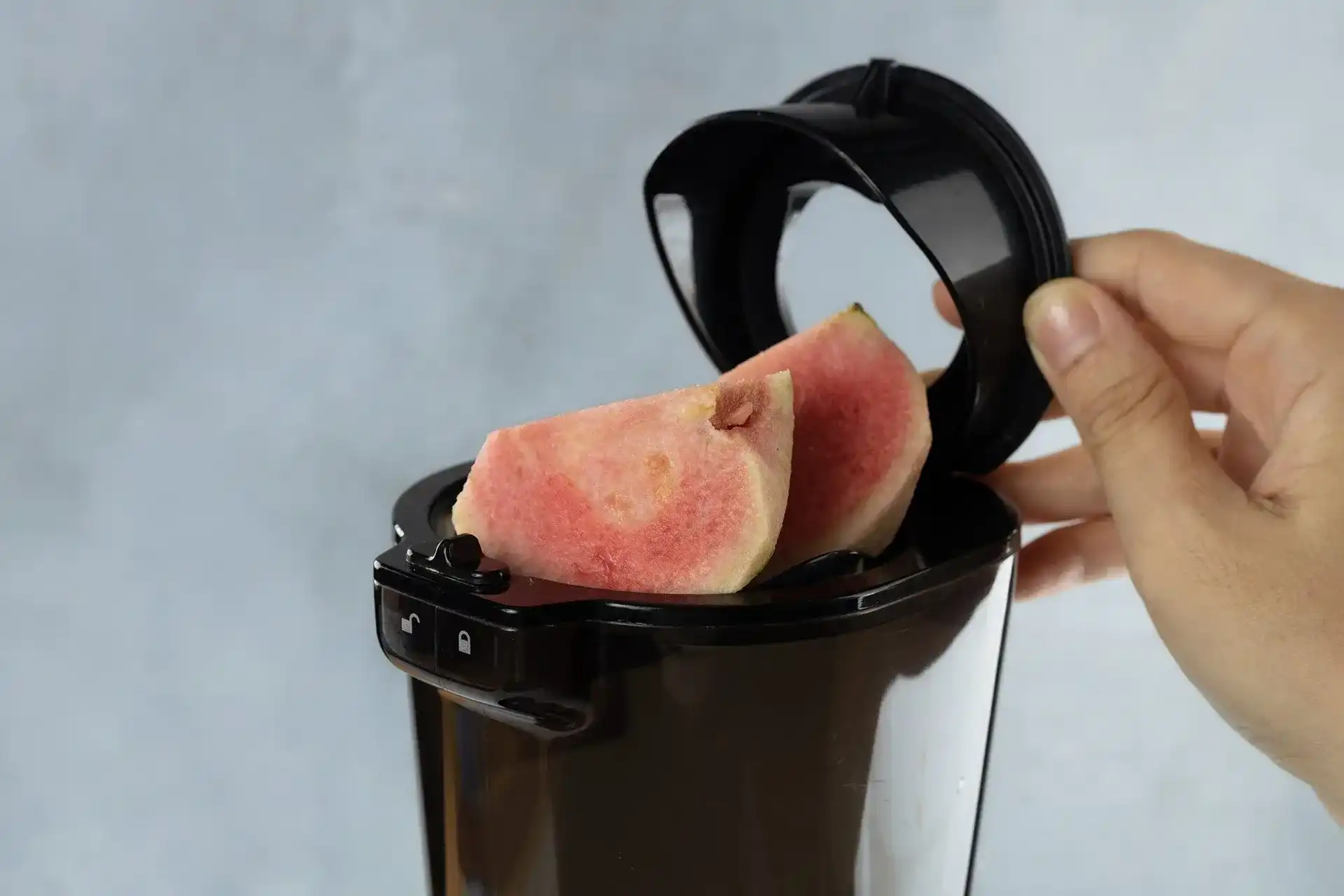
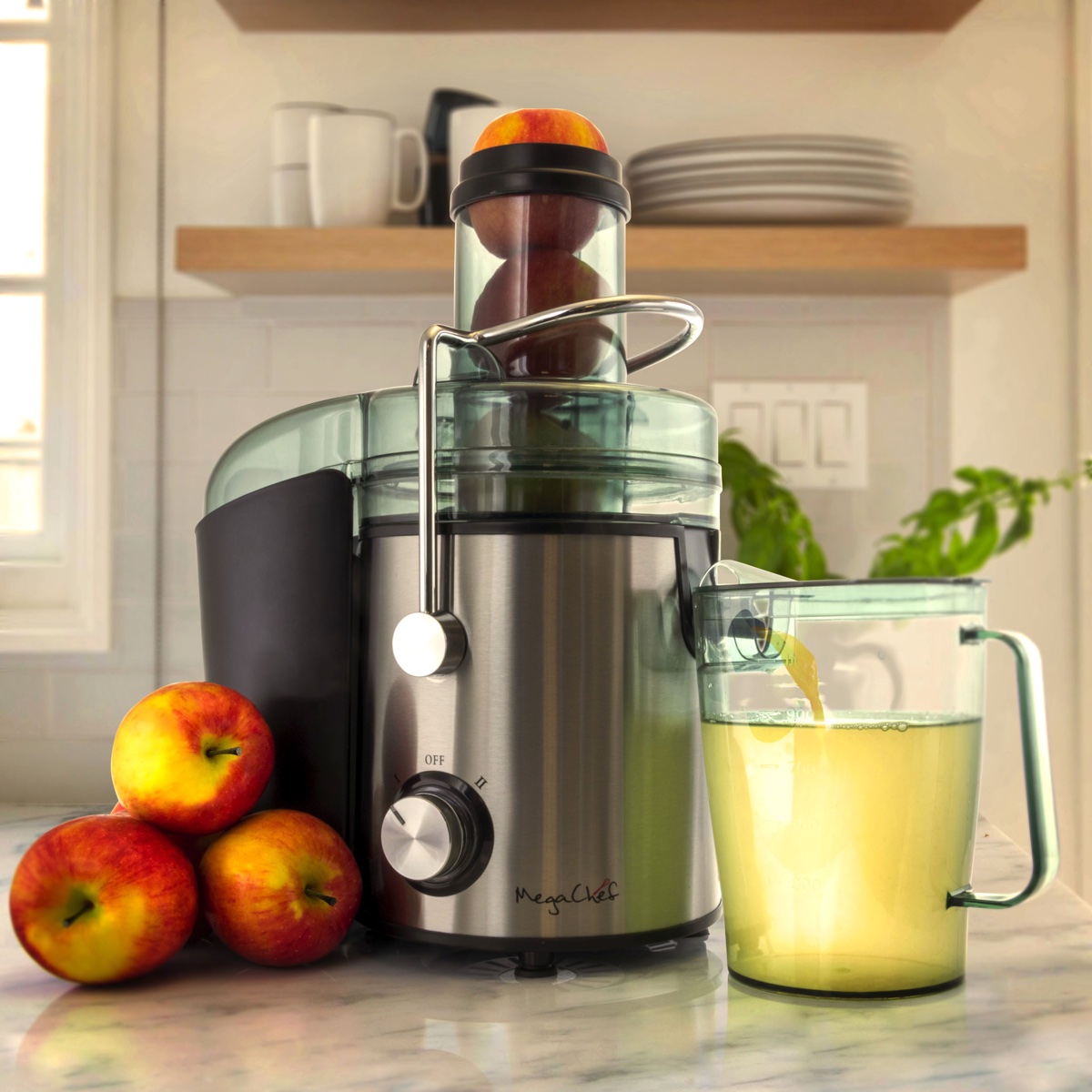
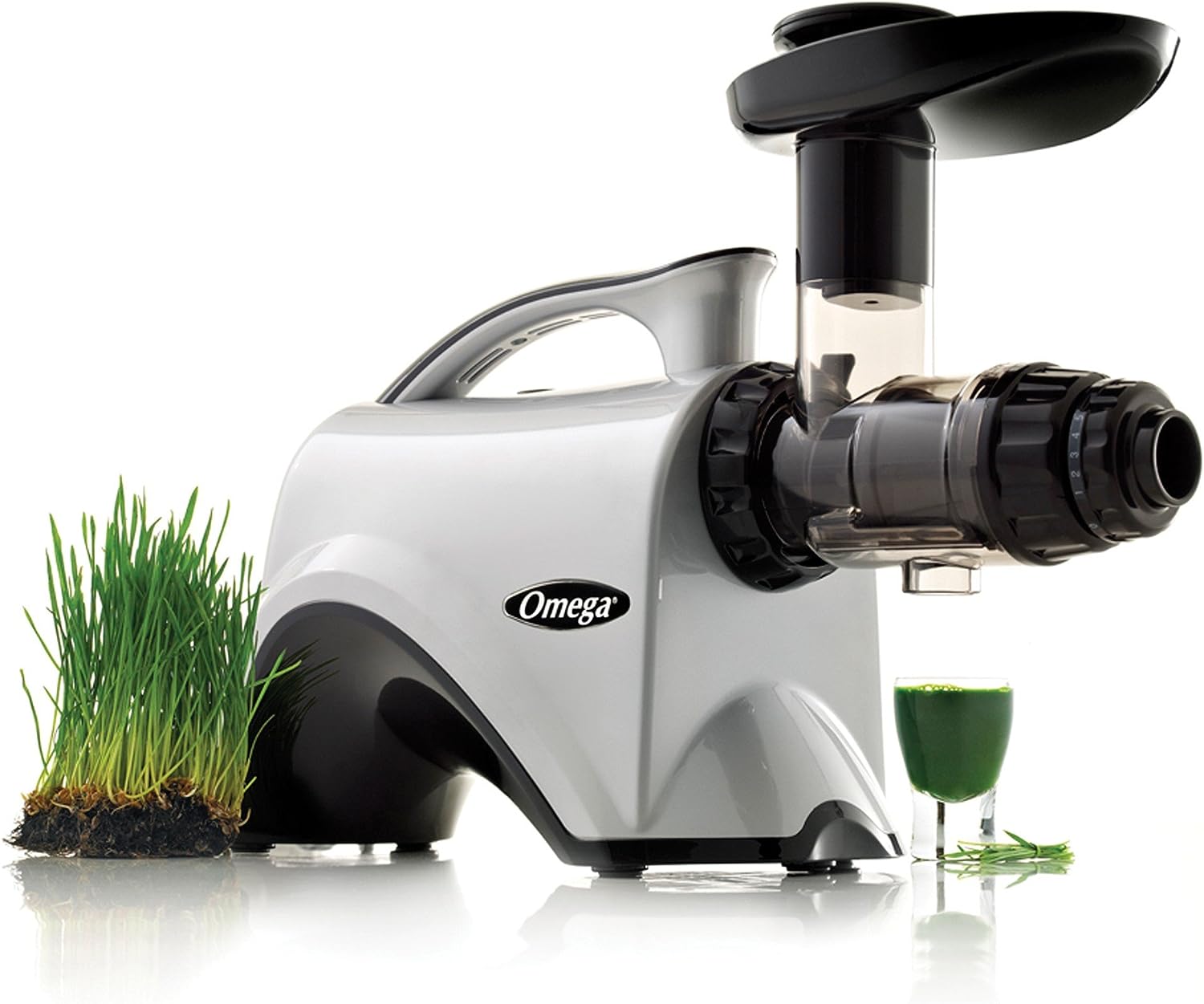
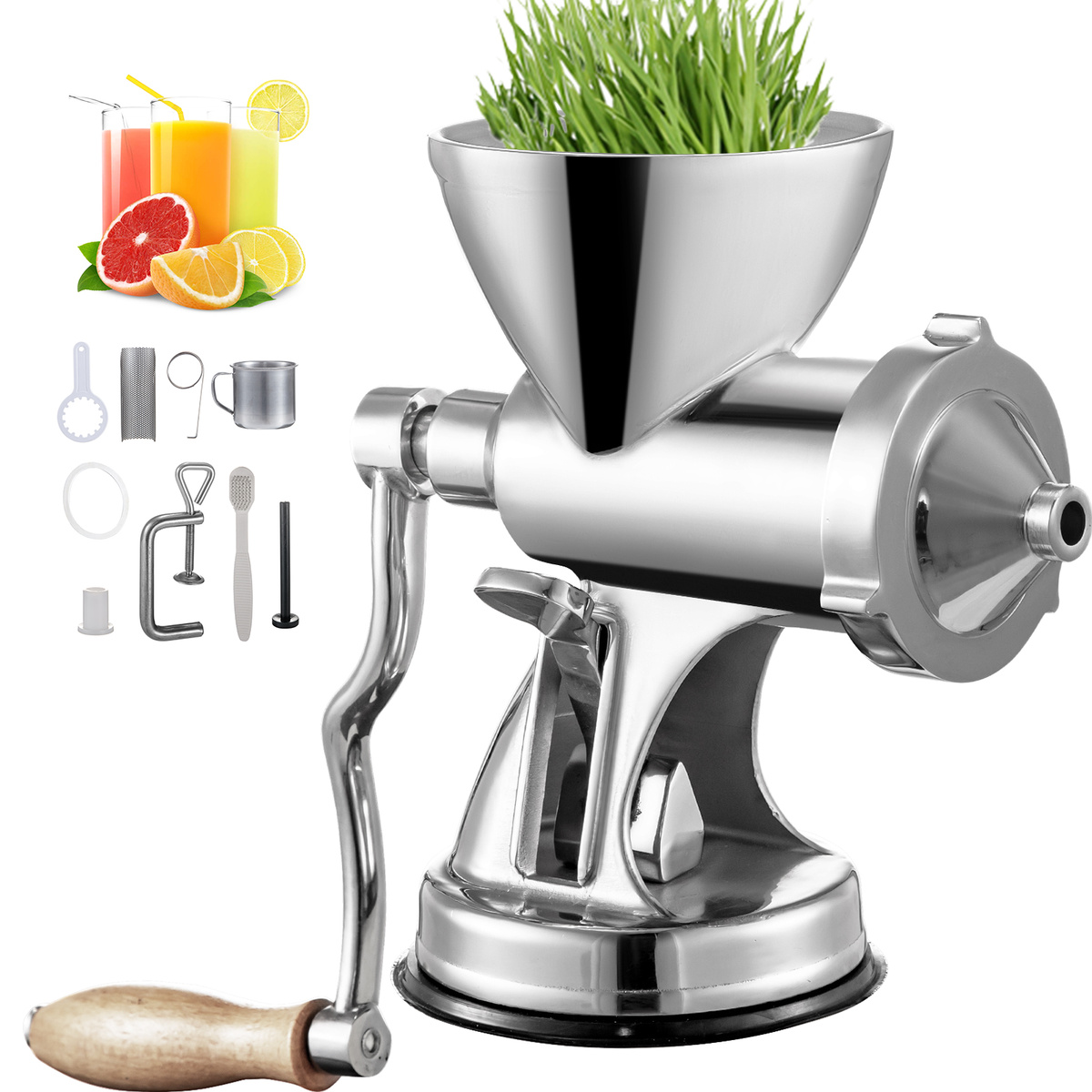
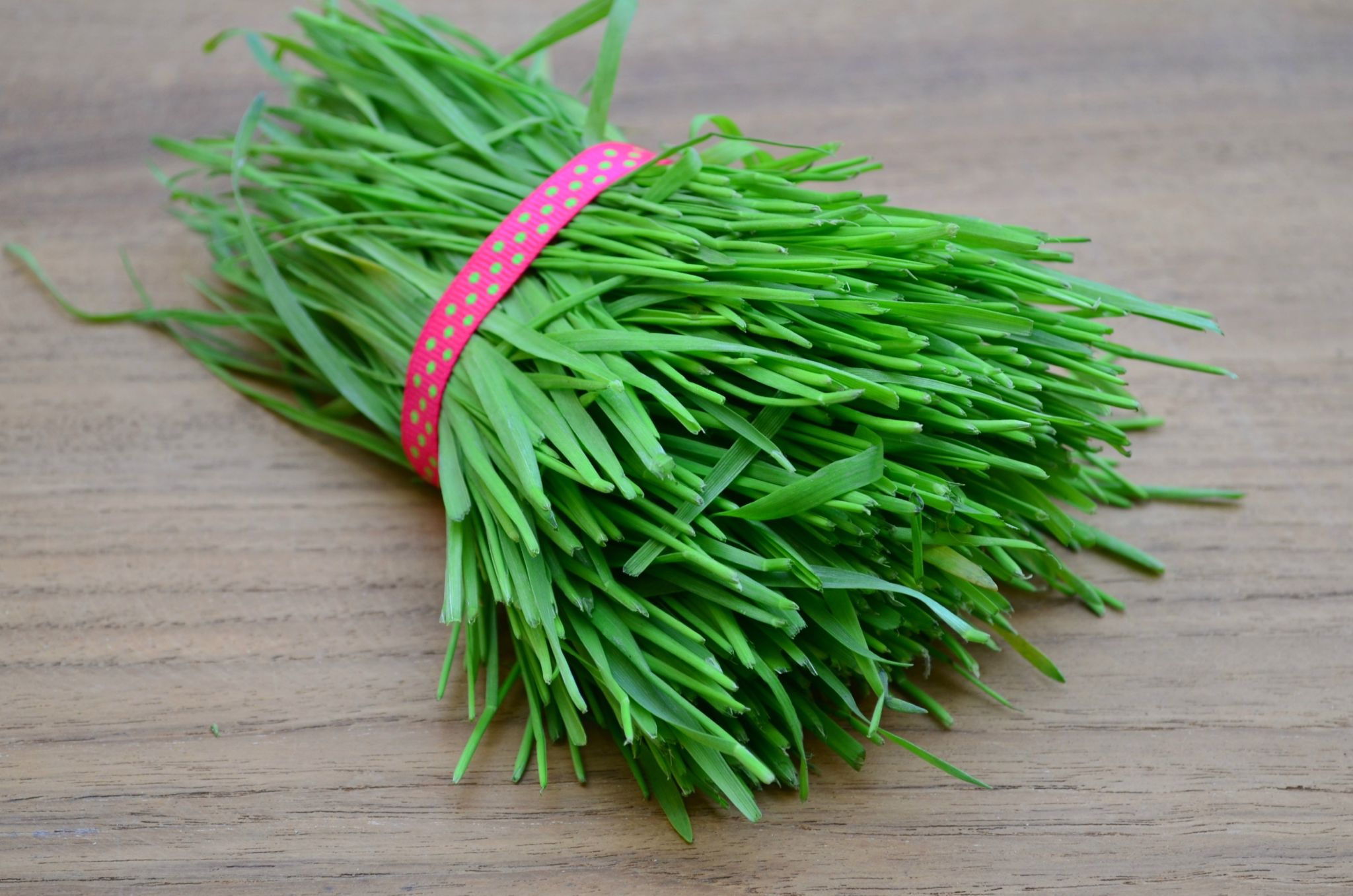
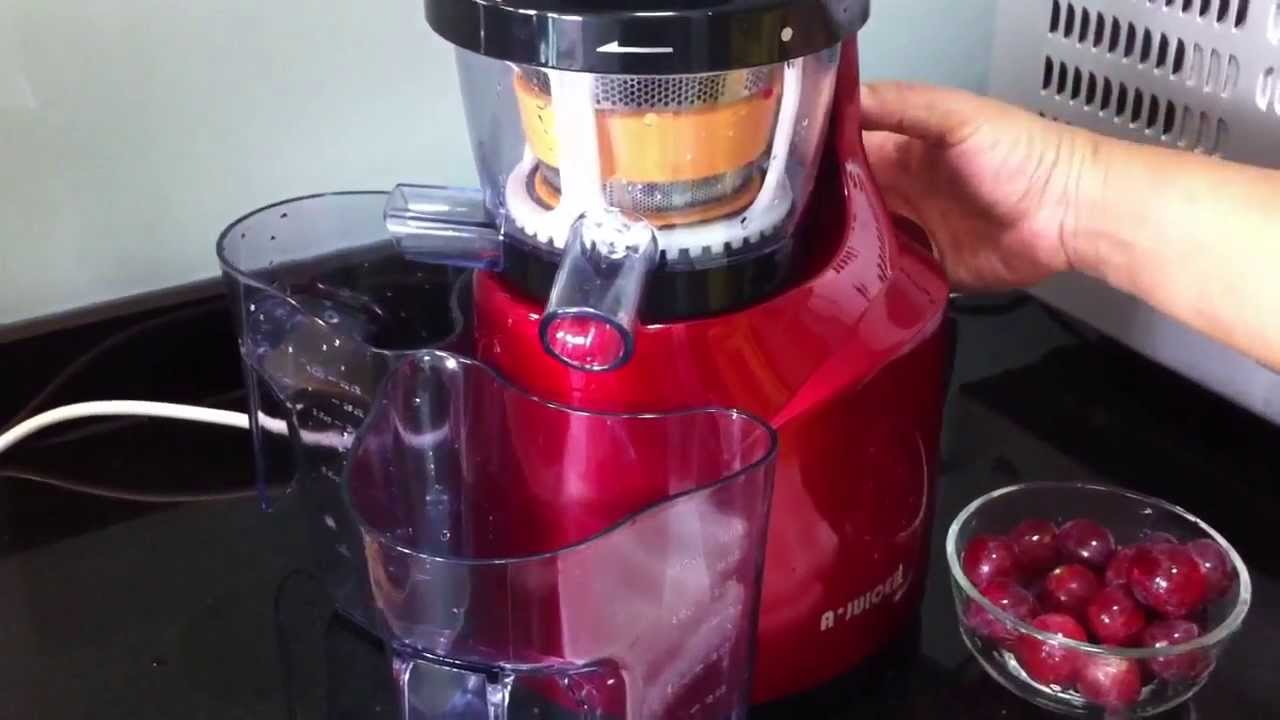

0 thoughts on “How To Juice Wheatgrass With A Juicer”